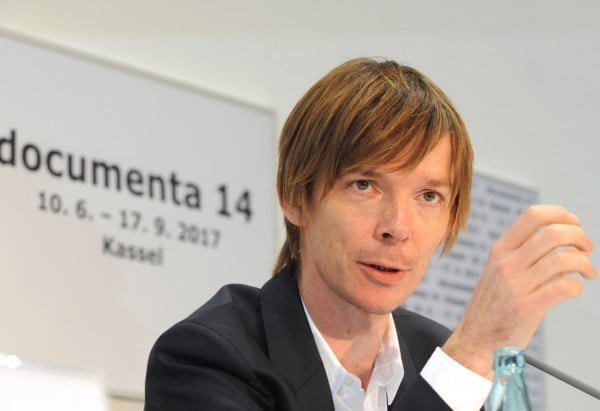
Documenta 14 artistic director Adam Szymczyk is developing a reputation for courting controversy.
In an interview with Süddeutsche Zeitung, he revealed that as part of the next edition of the quinquennial contemporary art show, to take place in 2017, he would like to show the hoard of the late art dealer Cornelius Gurlitt, which is said to contain over 500 works that were seized from their rightful owners by the Nazis. Among the works, Szymczyk says, is a significant and little-known canvas by Gustave Courbet. The collection also includes numerous works by Henri Matisse, Max Liebermann, Otto Dix, and Marc Chagall, among others.
“The presentation in Kassel would avoid sensationalist highlights,” he said in the interview. “It would show the whole estate in a quiet, almost neutral way, perhaps in chronological order. You would almost ignore the art historical content in order to present these artworks’ place in history.”
Szymczyk, who left his position as director of Kunsthalle Basel to take the reins in Kassel (see Documenta Curator Adam Szymczyk Leaves Kunsthalle Basel), insisted that a discourse on contemporary art must reflect current events and issues, and not only contemporary art production.
Szymczyk has already come under fire for the unprecedented decision to mount part of the show in Athens, Greece. The exhibition has taken place in Kassel, Germany, since its founding in 1955 (see World’s Top 20 Biennials, Triennials, and Miscellennials). Gerhard Jochinger, chairman of a local business association, said he was “appalled and shocked” by the move (see Athens to Host Documenta 14 and Germans Enraged by Documenta Relocation).
The Gurlitt collection will take up residence at Switzerland’s Kunstmuseum Bern (see Kunstmuseum Bern Will Accept Gurlitt Art Trove and Kunstmuseum Bern Says Nazi-Era Gurlitt Trove Has 500 Works With Dodgy Provenance).
Szymczyk revealed that he had a “very constructive meeting” with Matthias Frehner, the director of Kunstmuseum Bern, who supported the idea. The museum’s board of trustees, however, did not share Szymcyk’s and Frehner’s interest in having the Gurlitt works go on view in Kassel, he said.
He also indicates that in June 2014 he contacted Germany’s Culture Minister, Monika Grütters, who informed him that the works could be presented in Germany only “for the purpose of informing the public about the history of persecution of the original owners.”